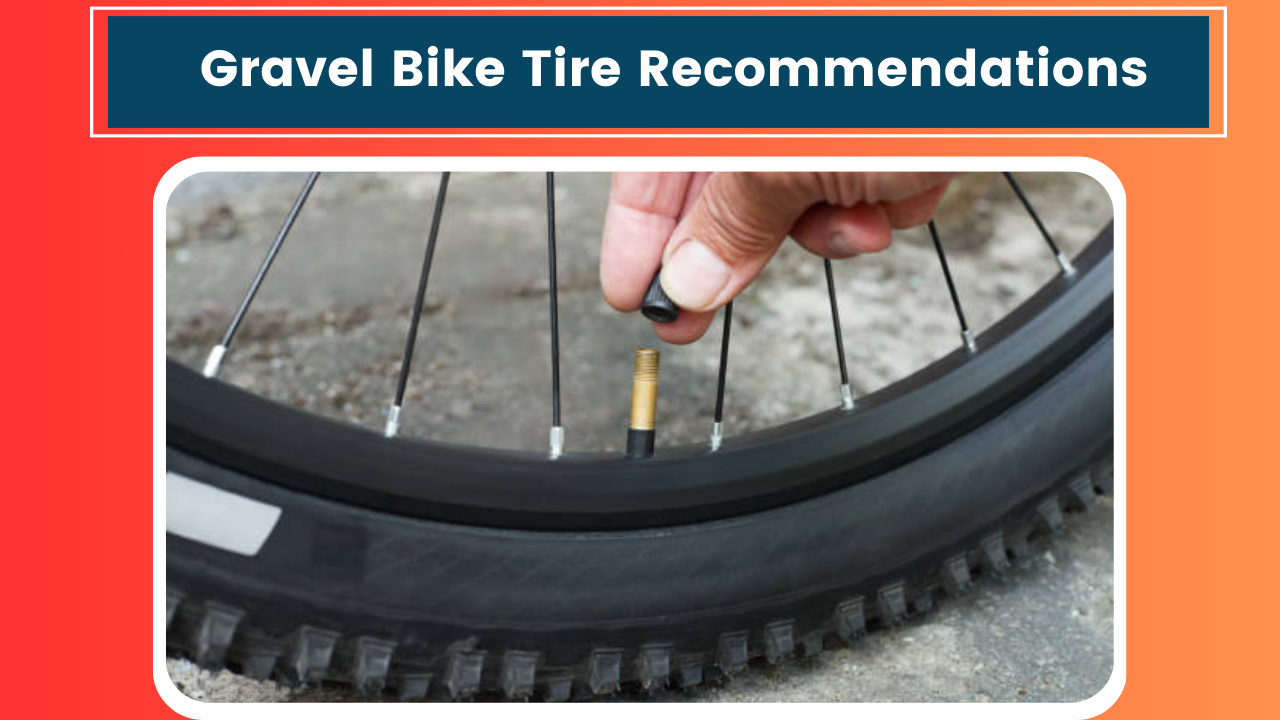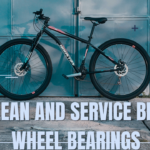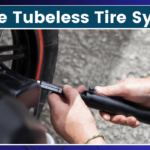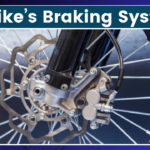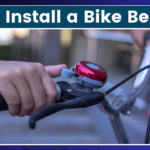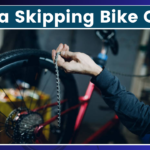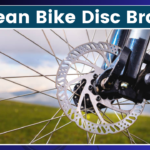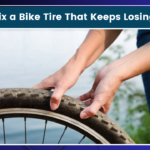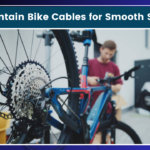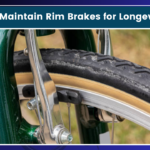Hey there, fellow gravel enthusiasts! It’s been a while since I’ve had the chance to sit down and write, but after spending the last few months testing out various gravel tires on my trusty steed, I figured it was high time to share my findings with you all.
You know how it goes – one minute you’re cruising down a smooth fire road, and the next, you’re navigating a gnarly section of chunky rocks and loose sand. That’s the beauty (and challenge) of gravel riding, right? But let me tell you, having the right rubber on your wheels can make all the difference between an epic adventure and a day filled with punctures and frustration.
So, grab a coffee (or your favorite post-ride beverage), and let’s dive into the wonderful world of gravel bike tires. I’ll be sharing my top recommendations based on countless miles of testing, a few embarrassing tumbles, and more than one roadside repair session. Trust me, I’ve learned these lessons the hard way so you don’t have to!
Before we get into the nitty-gritty, let’s chat about what makes a great gravel tire. In my experience, you’re looking for that sweet spot between grip, rolling resistance, puncture protection, and weight. It’s a delicate balance, and what works best for you will depend on your riding style, local terrain, and personal preferences.
Alright, let’s break it down by category:
All-Round Performers
If you’re like me and your gravel adventures take you across a mix of surfaces – from smooth hardpack to loose gravel and the occasional stretch of pavement – you’ll want a tire that can handle it all. My go-to in this category has to be the Pan racer Graveling SK.
I remember the first time I took these bad boys out for a spin. It was a crisp autumn morning, and I’d planned a route that would take me through some local farm roads and into the nearby state forest. About halfway through the ride, I hit a section of trail that was still damp from the previous night’s rain. In the past, this would have been a recipe for disaster, but the Gravel Kings held their ground beautifully. The small knobs provided just enough bite to keep me upright, while the supple casing allowed the tire to conform to the terrain, maintaining traction without sacrificing speed.
The Gravel King SK comes in a variety of widths, but I’ve found the 38mm to be the sweet spot for my riding. They’re light enough to not feel sluggish on pavement but offer enough volume to smooth out rough terrain. Plus, the puncture protection has saved my bacon more times than I care to admit. (Let’s just say I have a knack for finding every sharp rock on the trail.)
Another solid option in this category is the WTB Riddler. These tires have a faster-rolling center tread paired with more aggressive side knobs. They’re a great choice if your rides tend to include a bit more singlet rack or loose corners. I’ve found them to be particularly confidence-inspiring when the trail gets a bit rowdy.
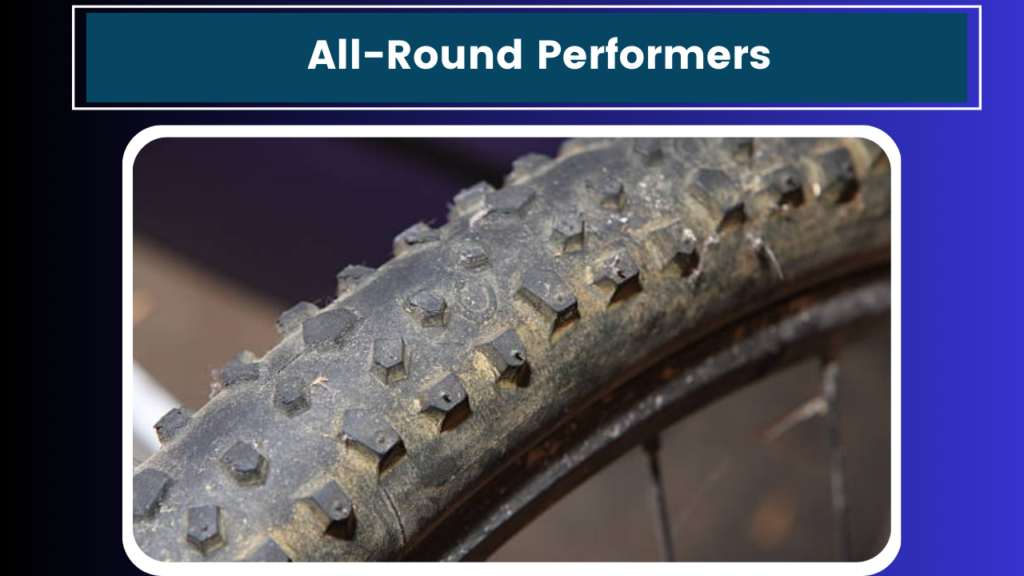
Speed Demons
Now, if you’re all about covering ground quickly and your local gravel tends to be on the smoother side, you might want to consider a tire with a less aggressive tread pattern. For those fast and furious gravel races or long days in the saddle, I’ve been seriously impressed with the Schwalbe G-One All-round.
I remember tackling a 100-mile gravel event last summer with these tires. The course was mostly well-maintained forest roads with a few sections of chunky gravel thrown in to keep things interesting. As the miles ticked by, I was grateful for the low rolling resistance of the G-Ones. They seemed to float over the hardpack sections, and even when we hit some looser stuff, the small dimpled tread provided just enough grip to keep things under control.
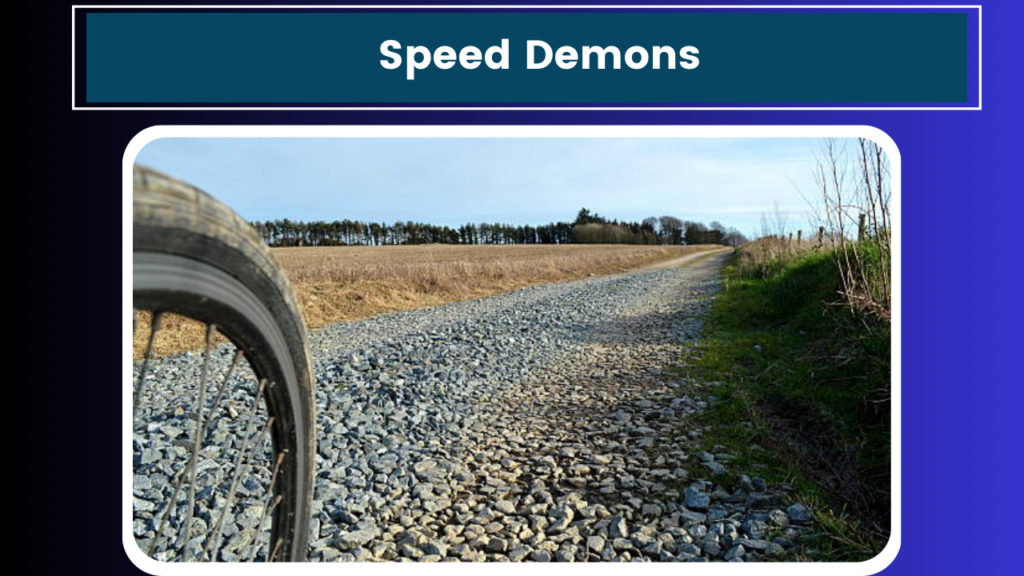
The only downside I’ve found with the G-Ones is that they can struggle a bit in muddy conditions. But hey, if you’re primarily riding in dry conditions and want to maximize your speed, these are hard to beat.
Another speedy option worth considering is the Specialized Pathfinder Pro. These tires feature a smooth center tread that rolls incredibly fast on hardpack and pavement, with progressively more aggressive tread towards the sides for cornering grip. I’ve found them to be a great choice for mixed-surface rides where you might be spending equal time on gravel and pavement.
Chunky Terrain Tamers
Okay, let’s talk about those rides where the “gravel” is more like baby heads and the descents make your teeth chatter. If your local trails lean towards the rowdy side, you’re going to want a tire with some serious teeth.
My top pick for aggressive terrain has to be the Teravail Rutland. These tires have seen me through some pretty sketchy situations, including a particularly memorable ride in the Rockies where I’m pretty sure I spent more time airborne than on the ground. The aggressive tread pattern provides excellent grip in loose conditions, while the reinforced sidewalls have stood up to more than their fair share of rock strikes.
The Rutlands do come with a weight penalty, and you’ll definitely notice the increased rolling resistance on smoother surfaces. But when the going gets tough, these tires inspire confidence like no other. They’re available in both 650b and 700c sizes, with widths up to 47mm for 700c and 2.1″ for 650b. If you’re running a frame with plenty of clearance, I’d recommend going as wide as you can fit – the extra volume really helps smooth out rough terrain.
Another solid choice for chunky terrain is the Continental Terra Trail. These tires feature large, well-spaced knobs that excel in loose conditions and provide excellent mud-shedding capabilities. I’ve found them to be particularly good for those late fall and early spring rides when trail conditions can be a bit unpredictable.
The Mud Maestros
Ah, mud. The bane of many a gravel rider’s existence. But for some of us (guilty as charged), there’s something oddly satisfying about coming home caked in the stuff. If you find yourself regularly battling sloppy conditions, you’ll want a tire that can bite through the muck and keep you moving forward.
My go-to mud tire has to be the Maxxis Ravager. I remember one particularly soggy spring ride where these tires quite literally saved the day. We’d set out early in the morning, hoping to beat the forecasted afternoon showers. Well, Mother Nature had other plans, and we found ourselves caught in a downpour about halfway through our loop. The once-dry trails quickly turned into a slippery mess, but the Ravagers kept on churning through it all. Their aggressive tread pattern and open design allow them to shed mud effectively, maintaining traction even in the sloppiest conditions.
The trade-off, of course, is that the Ravagers can feel a bit draggy on dry terrain. But if you’re regularly riding in wet conditions or tackling muddy cyclocross courses, these tires are hard to beat.
Another solid option for muddy rides is the Challenge Gravel Grinder. These tires feature a more traditional cyclocross-style tread pattern that excels in soft, muddy conditions. They’re a bit narrower than some other gravel-specific tires (maxing out at 38mm), but this can actually be an advantage in mud as it allows the tire to cut through to firmer ground beneath.
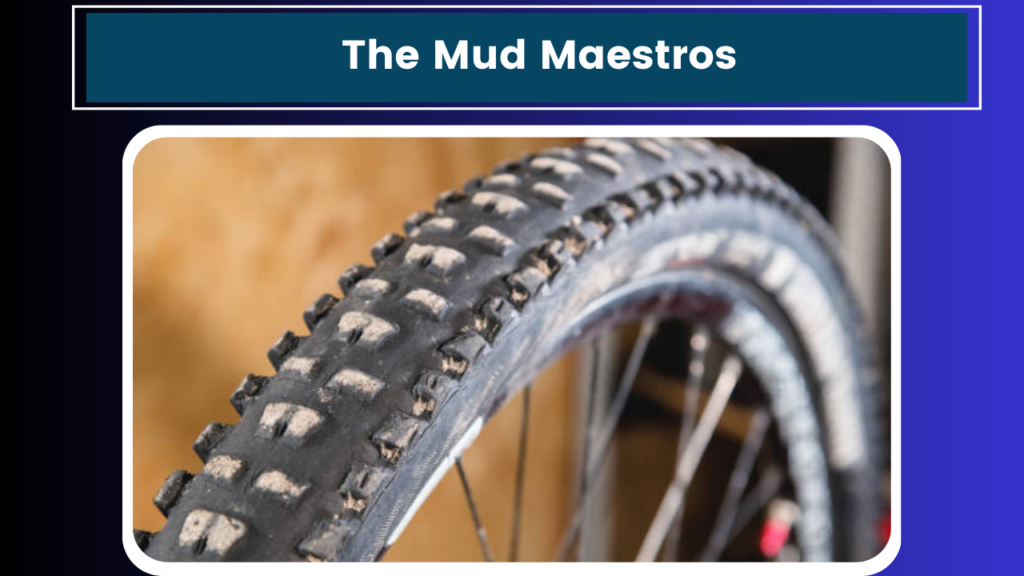
The Tubeless Question
Before we wrap up, we need to talk about tubeless setups. If you haven’t made the switch yet, I highly recommend giving it a try. I was skeptical at first, but after countless thorn-punctured tubes and one particularly frustrating day of multiple flats, I finally took the plunge.
Let me tell you, it’s been a game-changer. Not only have I significantly reduced the number of puncture-related stops, but I’ve also been able to run lower tire pressures, improving traction and comfort without worrying about pinch flats.
All of the tires I’ve mentioned are tubeless-compatible, and in my experience, they’ve all set up relatively easily. Just make sure you have a good tubeless-ready rim, and don’t forget to refresh your sealant every few months. (I may or may not have learned that lesson the hard way during a particularly hot summer ride. Let’s just say dried-up sealant doesn’t do you much good when you’re 30 miles from home.)
Wrapping It Up
At the end of the day, choosing the right gravel tire comes down to knowing your terrain, understanding your riding style, and being willing to experiment a bit. Don’t be afraid to try out different options – what works for me might not be the perfect solution for you.
Remember, the best tire is the one that lets you enjoy your ride without constantly worrying about traction or punctures. It’s about finding that balance between performance and peace of mind that allows you to focus on the important stuff – like soaking in those stunning views or planning your post-ride meal. (Is it just me, or does gravel riding always make you ravenous?)
I hope this breakdown has been helpful in navigating the sometimes overwhelming world of gravel tires. Now, if you’ll excuse me, the sun is shining, and my bike is giving me that look. You know the one – “Why are you still inside when we could be out exploring?”
Happy trails, and may your gravel adventures be puncture-free and full of good times!
